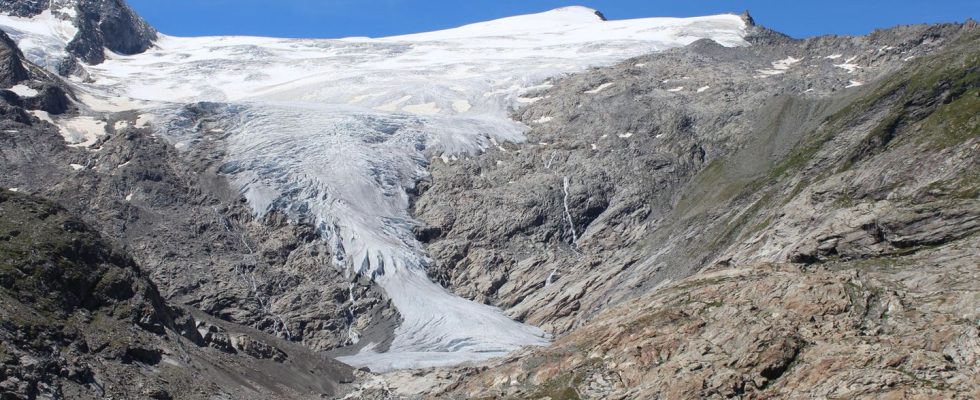Alpine Club
Austrian glaciers are melting faster than ever before – the Alps there could be ice-free in 50 years at the latest
Watch the video: Time-lapse glacier melt on the Gepatschferner in the Ötztal Alps.
The Austrian Alpine Association has presented its current glacier report. The result is sobering. And there is no solution to the problem in sight.
Little fresh snow and rising temperatures mean that the Austrian glaciers are melting – and faster than in previous glacier history. This is the result of the Austrian Alpine Association (ÖAV) in its current glacier report. According to this, the ice giants lost an average of 29 meters in length in 2022. This is the highest value since the end of the 19th century and in the entire history of measurements. For comparison: in 2021 the ice masses had shrunk by only 11 meters.
Researchers predict that Austria’s Alps could be “as good as ice-free” in 50 years at the latest. The reason for this is climate change. “The glaciers are still feeding on ice reserves from the past and would have disappeared if the current climate conditions had lasted a few decades longer, not just since 1990,” says the ÖAV.
78 glaciers were examined for the report. The Alpine Club on the Schlatenkees in East Tyrol recorded the strongest decline. There the snow masses decreased by 89 meters. In second place among the losers is the Pasterze, Austria’s largest glacier. It is in the state of Carinthia and lost 87 meters. The Diemferner in the Ötztal Alps is similarly affected. According to Andreas Kellerer-Pirklbauer from the Institute of Geography at the University of Graz, which compiles the report on behalf of the Alpine Association, the lack of snow in the winter of the previous year and above-average summer temperatures are responsible for this.
The snow reserves had already been used up in July 2022. As a result, the glacier ice is no longer adequately protected. “The ice is the legacy, so to speak, and (…) if it were a good winter and a good summer for the glaciers, a lot of that legacy would remain – but that wasn’t the case. A lot of the ice has melted away,” he explains to the Austrian broadcaster ORF.
Glacier melt can no longer be stopped
The consequences: lack of water reservoirs in the mountains and regional drought. “No glacier has a significant feeding area, but the Austrian glaciers had almost completely become feeding areas,” says the Alpine Club report. Floods and mudslides could also become more frequent, says ÖAV Vice President Ingrid Hayek.
Kellerer-Pirklbauer believes that it is already too late to stop the retreat of the glacier. Ten cold winters in a row could stabilize the ice masses, but the large glacier tongues would still retreat. “We really need a dramatic climatic change for the glaciers to be able to recover, and that doesn’t look like it at the moment.”
At present, the only way to delay glacier retreat is into the next century. Without massive measures, all 900 glaciers in Austria would have disappeared by 2075 at the latest. For some it could be quicker.
Sources: Austrian Alpine Club, ORFwith material from DPA


